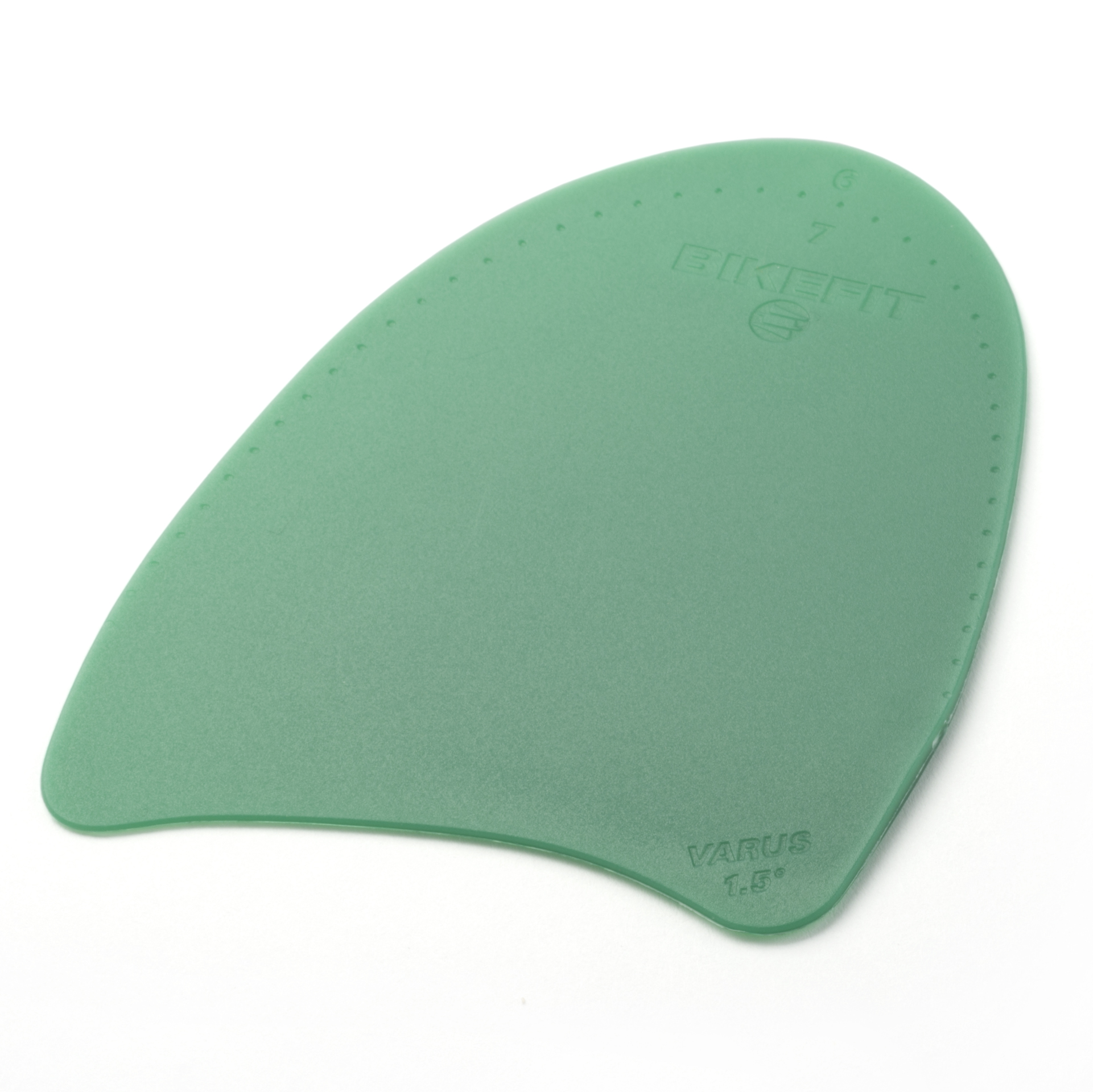A forefoot wedge is a type of orthotic device used to correct foot posture and alignment. Forefoot wedges help the foot stay in its natural arch, which is essential for proper balance and stability while walking or running. They are also used to correct heel-toe walking patterns and improper gait mechanics. Forefoot wedges help to restore the neutral position of the forefoot, which can improve your balance, stride length, and gait efficiency.

Image Source=Google
When you’re running, your foot hits the ground at a certain point before pushing off again. This is called the forefoot strike and it’s important for two reasons: first, it allows you to run as fast as you can; and second, it reduces the risk of injury. A lot of runners rely on their heel to make this type of strike, which causes them to experience more injuries overall.
What Does a Forefoot Wedge Do?
A forefoot wedge is a type of foot orthotic that helps to correct heel-lift and toe-out during walking. The wedge attaches to the bottom of your shoe and rests against the ball of your foot, pressing down on the heel and correcting the anterior motion of your toes. This helps you walk more efficiently, reducing fatigue in your feet and legs.
How to Use a Forefoot Wedge
A forefoot wedge is an important piece of equipment for runners, skiers, and hikers. It's a device that helps you to distribute your weight more evenly across your foot during running or skiing, which can improve your gait and reduce the risk of injury.
To use a forefoot wedge, position it beneath one of your feet and push down on it until it clicks into place. Now pull up on the wedge until it pops out from beneath your foot. Repeat the process with the other foot.
